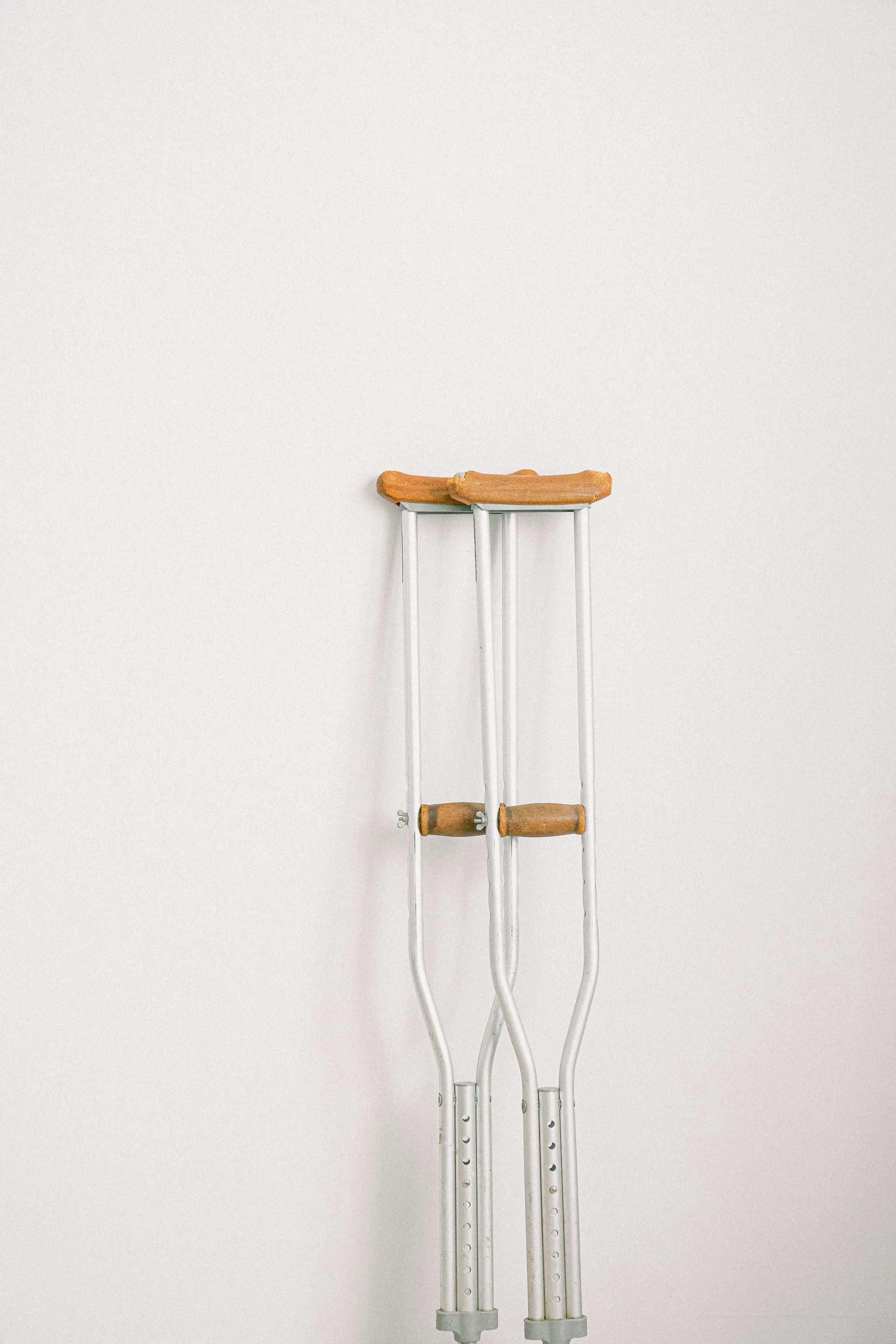How Compensation Is Calculated in an Ohio Personal Injury Case
How Compensation Is Calculated in an Ohio Personal Injury Case
Key Factors That Determine Compensation
1. Medical Expenses
All medical costs related to your injury—past, present, and future—are typically compensable. This includes hospital stays, surgeries, medications, physical therapy, and any ongoing treatment.
2. Lost Wages
If your injury causes you to miss work, you may be entitled to compensation for lost income. This can also include lost earning capacity if you are unable to return to the same kind of work in the future.
3. Pain and Suffering
Non-economic damages such as physical pain, emotional distress, and reduced quality of life are often included in compensation. These are more subjective and may be calculated using methods like the “multiplier” approach, where your total economic damages are multiplied by a number (usually between 1.5 and 5) based on severity.
4. Property Damage
If any of your personal property (such as a vehicle) was damaged in the accident, the cost of repair or replacement may be included in your claim.
5. Comparative Fault
Ohio follows a modified comparative negligence rule. If you are partially at fault for your injury, your compensation may be reduced proportionally. For example, if you’re found to be 20% at fault, your total award will be reduced by 20%. If you’re more than 50% at fault, you cannot recover compensation.
6. Insurance Policy Limits
Your compensation may also be limited by the at-fault party’s insurance policy limits. In some cases, pursuing additional compensation may require legal action beyond an insurance claim.
Proving Your Damages
To receive full compensation, you must be able to prove the extent of your losses. This often requires:
- Medical records
- Pay stubs or employment records
- Testimony from medical and economic experts
- Documentation of out-of-pocket expenses
Let Us Help You Pursue the Compensation You Deserve











